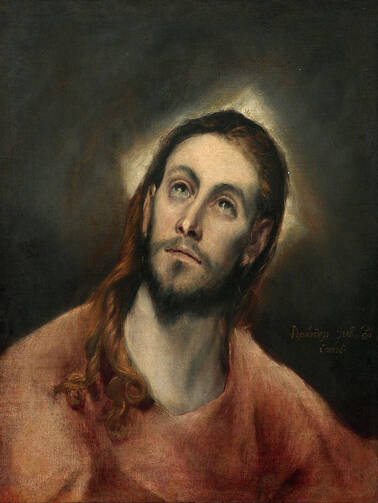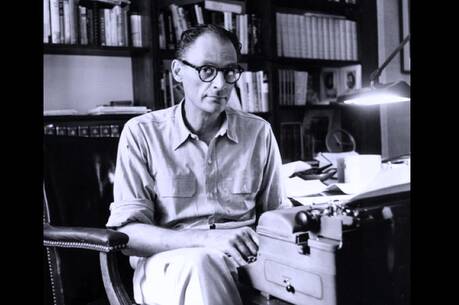We often say, what you see is what you get, meaning that some little part of the world is there, in front of you, ready for inspection. Just look and you will see. But we also say, what you see depends upon what you’re looking for. The world is the world, out there, independent of us, but, in large measure, your world is different than mine, because we aren’t seeking the very same things. What do we say about garage sales? One man’s trash is another man’s treasure.
Modern art is based on the idea that, because you and I are different, we’re going to see different things, even when looking at the same object. That’s why it doesn’t strive for realism. It leaves room for what you bring to encounter.
It was in the 17th century that Western art reached the heights of accurate pictorial representation. Back then, there was no higher complement for a masterpiece than to say that one couldn’t tell art from nature. In his history Spain: The Center of the World 1510-1682 (2015) Robert Goodwin relates how an aristocrat from Seville commissioned “a portrait from the most fashionable artist” which his friends then “criticized by all manner of attention to the detail.” And so:
Here’s the Gospel question. How real is your Christ? When it comes to faith in Jesus Christ, the important question is similar to that of art. Where does Christ end, and where do you begin? Put another way, how much of your Christ comes from him? How much, from you?
Christ lived and died on earth some two thousand years ago. That’s as established as any fact about the past gets. Even the non-believer admits to the reality of this Christ. He was a real person; he did do, and say, certain things that remain relevant to our world. But, like Julius Caesar, this Christ lived in the past and is real in the present only by way of memory, or significance. And, of course, what you remember of him, what you find significant, is entirely up to you.
To believe in Jesus as the Christ, however, is to believe him when he says that he is the Bread of Life. One might say, to believe in Jesus Christ is to know him in the present tense, not in the past. He is not a past influence upon the present. He is in the present. To the unbeliever Christ appears as a notion, a historical personage, an idea once-enfleshed. To the believer, Christ isn’t a personage; he is a person, someone whom we address and who speaks to us. Indeed, more person than we are ourselves.
We recognize a person when the material is suffused with the spirit. Like the disillusioned servant before the painting, our humanity is silent before an object. It’s an object. A part of our world. But, like someone who says, “I’m sorry. I didn’t realize you were there,” our humanity opens before a Thou, before another you. You don’t have to respond to a painting. You do have to acknowledge a person.
When Aristotle spoke of plants and animals as having souls, yet not the souls of humans, he recognized that both can interact. Inter-act. Plants respond to their environment. Animals do more than respond to it. They can change theirs, go looking for food, shelter. We humans live on a yet higher plane. We can respond to our environments by transcending them. Two humans can sit in a jail cell and dream of Paris, talk of love, summon the soul of the other out of the material world and into that of the spiritual.
One way to understand who Christ is for us is to say that, as true God and true man, now glorified by resurrection, in him the material world is suffused with the spiritual. In Christ the spiritual world bursts forth from the material, something like the material world did, when first summoned into physical existence. Now, the Christ of Glory speaks in warm sunlight and cool shade. Now, he reveals himself in the smile of another, the caress of a mother. Now, he comes to us in longing itself, as we insist that we sometimes hear even the silence speaking.
How real is your Christ? Some, even weak believers, seize upon him as an idea and make of him what they will. They’re inspired by him, like one might be of Shakespeare. The man or woman of faith, however, is more than inspired. The believer is seized by Christ. The initiative is his. We find ourselves, constantly yet unexpectedly, standing before a person, exclaiming “I didn’t know you were there.”
Proverbs 9: 1-6 Ephesians 5: 15-20 John 6: 51-58








